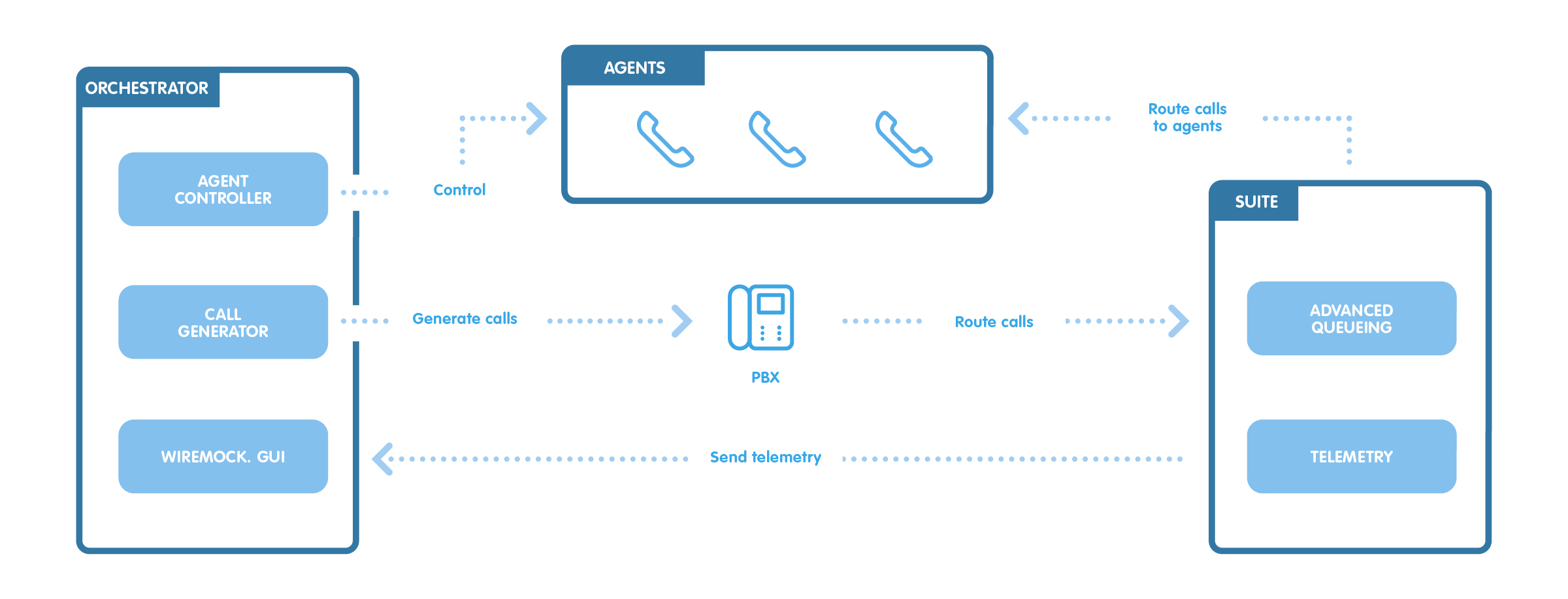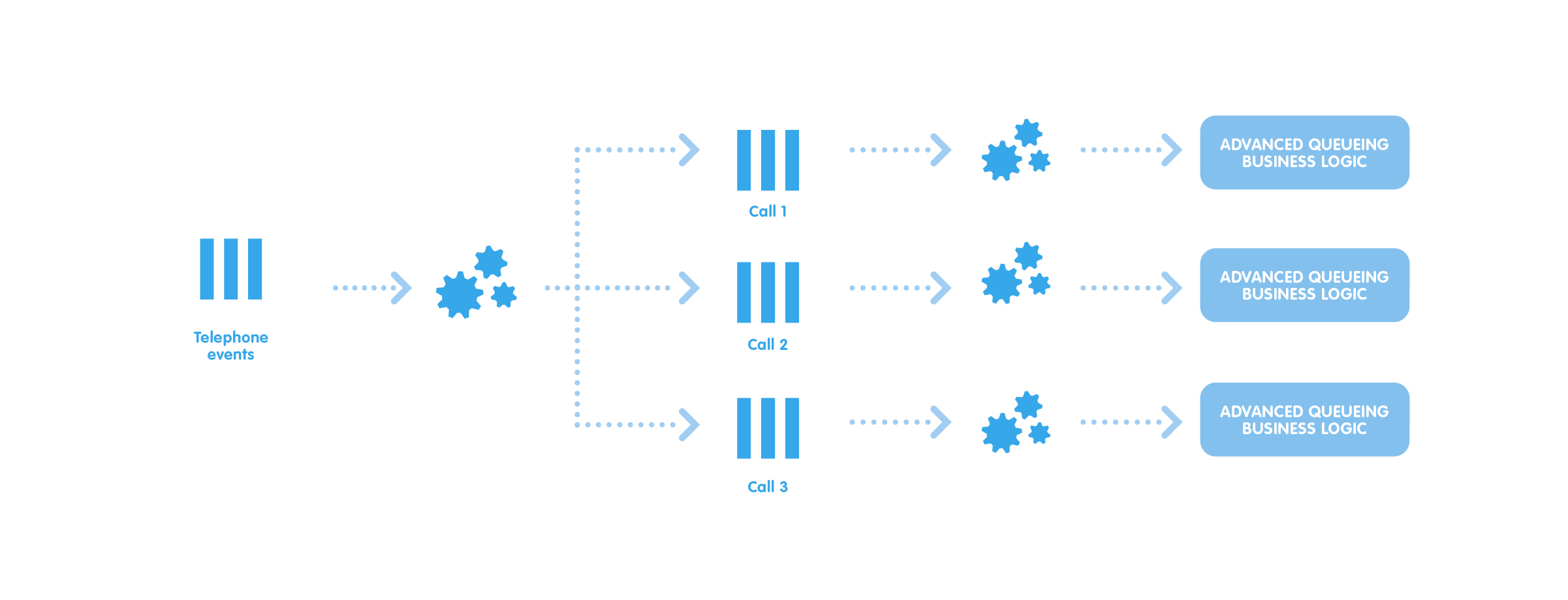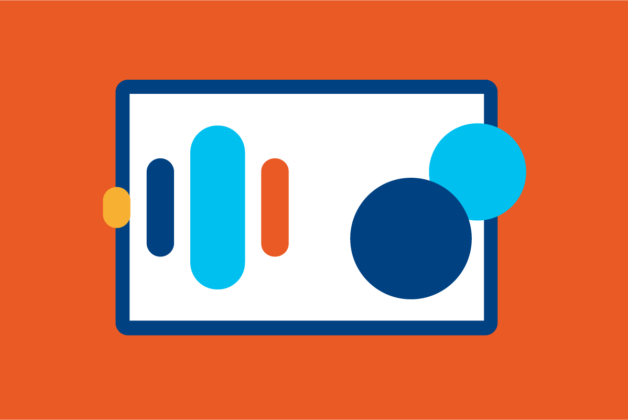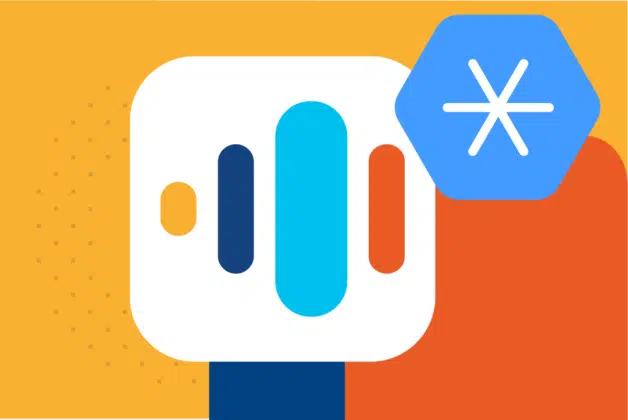Cloud, Manager Assistant, Voice Analytics: a brand-new Imagicle world.
Updated
Advanced Queueing. Increased performance and unlimited scalability.
Regardless of businesses' starting point, scalability has become an essential requirement for any customer who wants to grow over time. I'm Italo, Software Engineer at Imagicle, and in this post, I'll tell you (with some tech-specs!) how we worked to expand the capabilities of Imagicle Advanced Queueing, making one of your top Customer Service apps even more powerful.

- waits a configurable time before ending the test;
- generates graphs from the data it has collected, such as CPU usage throughout the test execution.
Dispatcher.

También podría interesarle...
-
Brochure IT Blog
Prova pubblicazione
Prova pubblicazione -
Descubra
BlogES Prova Immagine
ES Prova ImmagineES Lorem ipsum dolor sit amet, consectetur adipiscing elit. Fusce mattis eros ut nisl sollicitudin convallis. Aenean pulvinar consectetur ligula efficitur tincidunt. Nunc scelerisque nunc at leo maximus condimentum. Nulla viverra lorem id imperdiet fringilla. Donec vel vulputate nibh, id euismod nulla. Nulla elit felis, facilisis sed accumsan nec, vehicula in nisl. Quisque posuere augue […] -
Products Blog
Why You Should Choose Imagicle Virtual Agents AI to Empower Your Bank.
Why You Should Choose Imagicle Virtual Agents AI to Empower Your Bank.Discover the level of omnichannel automation Conversational AI brings to your bank.
Brochure IT Blog
Prova pubblicazione
Prova pubblicazione
 Descubra
Descubra
Blog
ES Prova Immagine
ES Prova Immagine
ES Lorem ipsum dolor sit amet, consectetur adipiscing elit. Fusce mattis eros ut nisl sollicitudin convallis. Aenean pulvinar consectetur ligula efficitur tincidunt. Nunc scelerisque nunc at leo maximus condimentum. Nulla viverra lorem id imperdiet fringilla. Donec vel vulputate nibh, id euismod nulla. Nulla elit felis, facilisis sed accumsan nec, vehicula in nisl. Quisque posuere augue […]
Products Blog
Why You Should Choose Imagicle Virtual Agents AI to Empower Your Bank.
Why You Should Choose Imagicle Virtual Agents AI to Empower Your Bank.
Discover the level of omnichannel automation Conversational AI brings to your bank.


0 comentarios